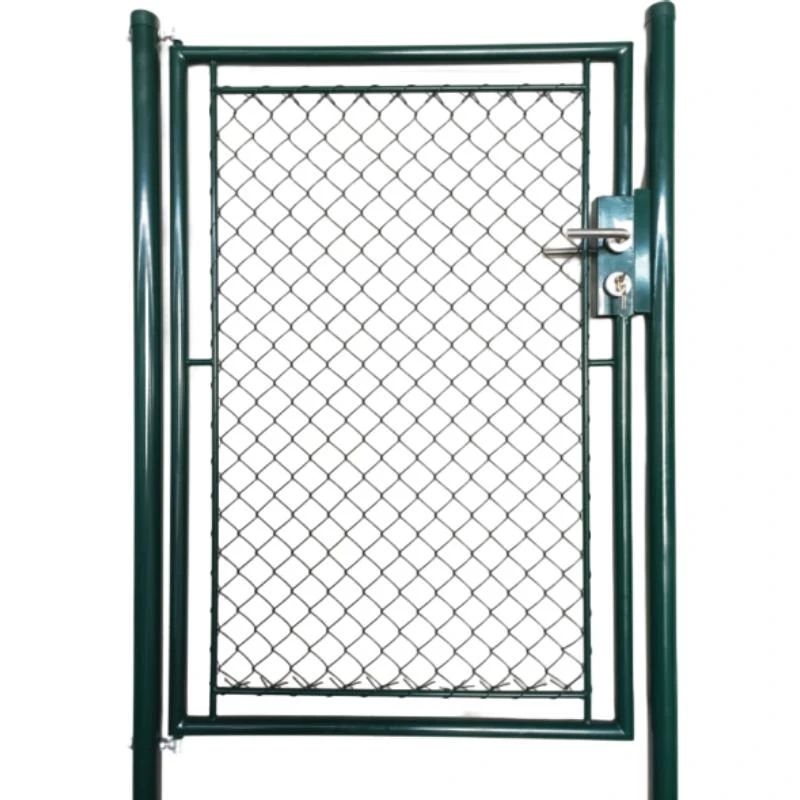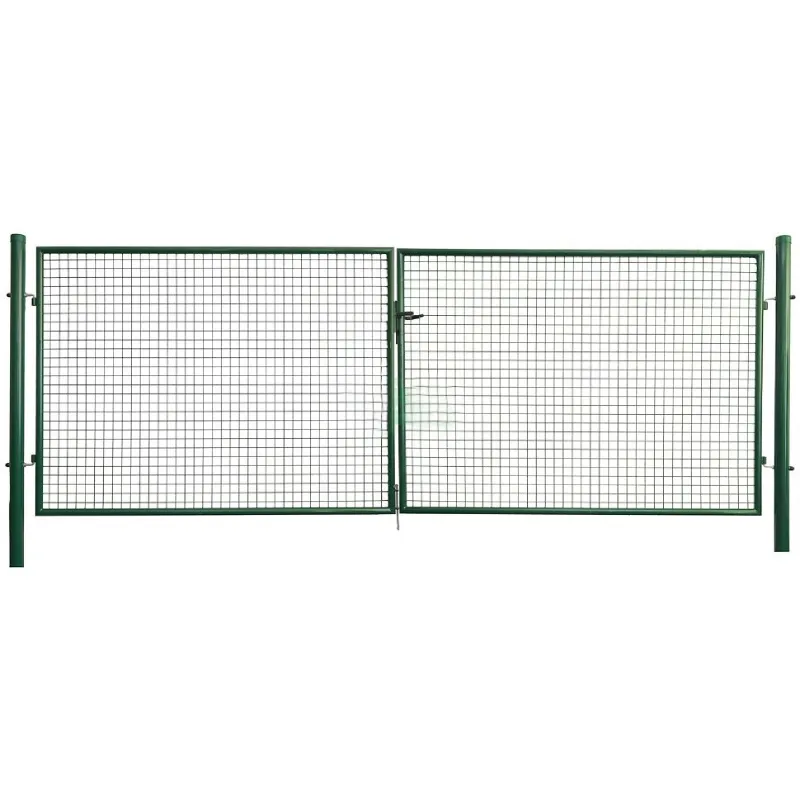-
Email:zhao@hyliec.cn
-
Tel:+86 311 85273988
-
WhatsAPP:8613931128750
-
 African
African -
 ChiAlbanian
ChiAlbanian -
 ChiAmharic
ChiAmharic -
 ChiArabic
ChiArabic -
 ChiArmenian
ChiArmenian -
 Azerbaijani
Azerbaijani -
 ChiBasque
ChiBasque -
 Chiberaruzi
Chiberaruzi -
 ChiBengali
ChiBengali -
 ChiBosnian
ChiBosnian -
 ChiBulgarian
ChiBulgarian -
 Katarani
Katarani -
 Cebuano
Cebuano -
 Kosikeni
Kosikeni -
 ChiCroatian
ChiCroatian -
 ChiCzech
ChiCzech -
 ChiDanish
ChiDanish -
 ChiDutch
ChiDutch -
 Chirungu
Chirungu -
 Esiperando
Esiperando -
 ChiEstonian
ChiEstonian -
 ChiFinish
ChiFinish -
 ChiFrench
ChiFrench -
 Frisian
Frisian -
 ChiGalician
ChiGalician -
 ChiGeorgian
ChiGeorgian -
 ChiJerimani
ChiJerimani -
 ChiGiriki
ChiGiriki -
 ChiGujarati
ChiGujarati -
 Kiriyoro yeHaiti
Kiriyoro yeHaiti -
 ChiHausa
ChiHausa -
 Chihawayi
Chihawayi -
 ChiHebhuru
ChiHebhuru -
 kwete
kwete -
 Miao
Miao -
 ChiHungarian
ChiHungarian -
 ChiIcelandic
ChiIcelandic -
 igbo
igbo -
 ChiIndonesian
ChiIndonesian -
 ChiIrish
ChiIrish -
 ChiItalian
ChiItalian -
 ChiJapanese
ChiJapanese -
 ChiJavanese
ChiJavanese -
 ChiKannada
ChiKannada -
 Kazaki
Kazaki -
 Khmer
Khmer -
 Rwandan
Rwandan -
 ChiKorean
ChiKorean -
 ChiKedhi
ChiKedhi -
 Kiyagizi
Kiyagizi -
 TB
TB -
 Ratini
Ratini -
 ChiLatvian
ChiLatvian -
 Ritunia
Ritunia -
 Rukusembogi
Rukusembogi -
 ChiMacedonian
ChiMacedonian -
 Malgashi
Malgashi -
 ChiMalay
ChiMalay -
 ChiMalayalam
ChiMalayalam -
 ChiMaltese
ChiMaltese -
 Maori
Maori -
 ChiMarati
ChiMarati -
 ChiMongoria
ChiMongoria -
 Mayanima
Mayanima -
 ChiNepali
ChiNepali -
 ChiNorwegian
ChiNorwegian -
 ChiNorwegian
ChiNorwegian -
 Occitan
Occitan -
 Pashito
Pashito -
 ChiPersian
ChiPersian -
 ChiPolish
ChiPolish -
 ChiPutukezi
ChiPutukezi -
 Punjabi
Punjabi -
 ChiRomanian
ChiRomanian -
 ChiRussian
ChiRussian -
 Samoan
Samoan -
 ChiGaelic cheScottish
ChiGaelic cheScottish -
 ChiSebhiya
ChiSebhiya -
 Chirungu
Chirungu -
 Shona
Shona -
 ChiSindhi
ChiSindhi -
 Sinhala
Sinhala -
 ChiSlovak
ChiSlovak -
 ChiSlovanian
ChiSlovanian -
 Somari
Somari -
 ChiSpanish
ChiSpanish -
 Sundanese
Sundanese -
 ChiSwahili
ChiSwahili -
 ChiSwedish
ChiSwedish -
 ChiTagalog
ChiTagalog -
 Tajik
Tajik -
 ChiTamil
ChiTamil -
 Tatar
Tatar -
 ChiTelugu
ChiTelugu -
 ChiThai
ChiThai -
 Turkish
Turkish -
 ChiTeki
ChiTeki -
 Ukrainian
Ukrainian -
 Urdu
Urdu -
 Uighur
Uighur -
 Uzbek
Uzbek -
 Vietnamese
Vietnamese -
 Welsh
Welsh -
 Help
Help -
 Yiddish
Yiddish -
 Yoruba
Yoruba -
 Zulu
Zulu
Garden Gates
Cheap Garden Gates For Sale
You can find cheap garden gates for sale at various home improvement stores, online retailers, and local hardware shops. Consider looking for sales, clearance items, or second-hand options to find affordable garden gates that meet your needs. Additionally, exploring different types and sizes can help you find cost-effective solutions for your garden gate. Be sure to compare prices, quality, and reviews to make an informed decision.
Garden Gate Construction
1. Planning: Determine the location and dimensions of the gate, considering the width of the pathway or opening. Decide on the type of gate, such as a single or double gate, and the materials to be used.
2. Materials: Select the appropriate types and sizes for the gate, such as round tube gates or square tube gates, single wing gates or double wings gates, ensure to meet requirements of maximum.
3. Frame assembly: Construct the frame of the gate using the chosen types and sizes . This may involve cutting and assembling the frame pieces, ensuring that they are square and level.
4. Adding infill: Depending on the design, add infill materials such as pickets, panels, or mesh to the gate frame. Secure the infill materials to the frame using appropriate fasteners.
5. Hardware installation: Install hinges, latches, and any additional hardware required for the gate to function properly. Ensure that the hardware is durable and suitable for outdoor use.
6. Finishing touches: Sand the gate to smooth any rough edges and apply a protective finish or paint to enhance its durability and appearance.
7. Installation: Once the gate is constructed, install it in the desired location, ensuring that it swings freely and latches securely.
It's important to follow any local building codes or regulations when constructing a garden gate, especially if it will be used as a boundary or security feature. If you're unsure about the construction process, consider consulting with a professional or seeking guidance from experienced individuals.





